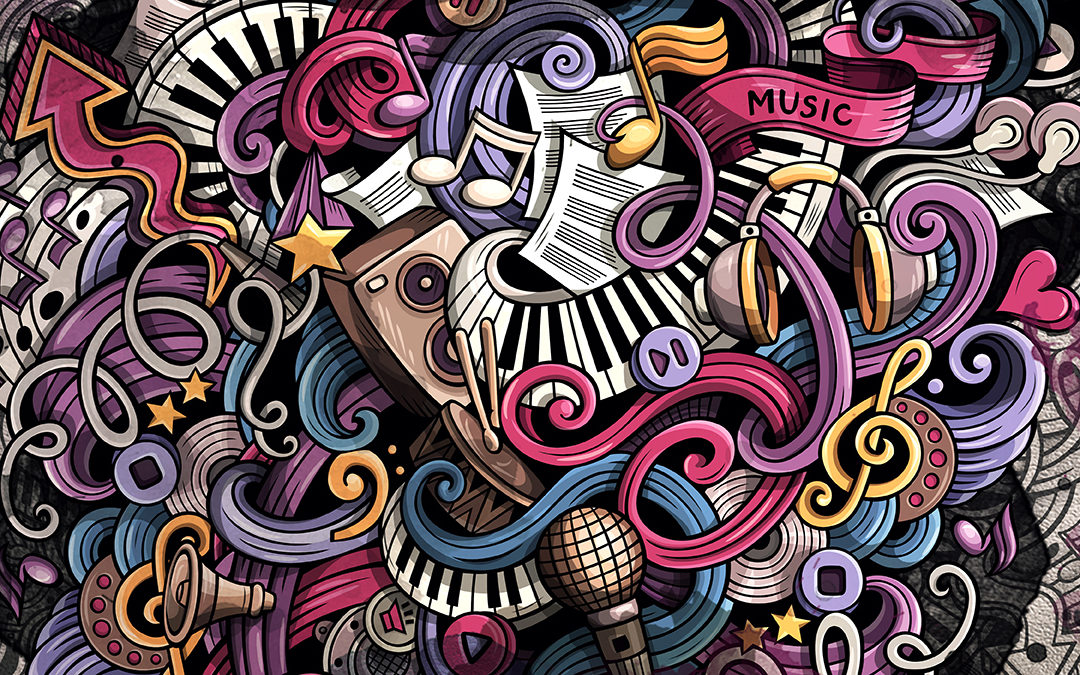If you aren’t set on complete silence when you write, having proper background sound can help keep you focused and in a creative mindset. Choices include lyrical music, instrumental music, nature sounds, and even white noise. There are numerous apps and websites available for creating a playlist that can inspire you to write and help you invoke a particular mood into your writing.
Here are 10 tips for building a playlist that will enhance your writing environment.
- Diversify your list according to the mood of the piece you’re writing. Romantic music may not work so well to background writing a fight scene, and cheerful music might not be the best choice when writing a somber scene. Make sure you have some background music or sound for every mood you’ll want to invoke in your writing. Put songs of similar mood close together in your list, so you’re not hopping moods as songs change.
- Consider what mental images or memories a particular song invokes. For example, if you’ve chosen a song off a movie soundtrack, see if you can listen to the piece without your mind drifting to the movie, rather than your writing. Even if the song you’ve chosen is somber, if the mental image it brings up distracts you from the image you’re trying to describe, skip it!
- Keep your setting, time period, and characters in mind. When writing for a particular time period, consider throwing in a few songs of that time period, especially if music is important to your plot. If you’re writing a character who plays an instrument, having an audible reference for how that instrument would sound, both alone and accompanied, can be helpful in writing authentically.
- Tempo is important. If you’re trying to write a fast-paced scene, find a fast-paced song to imbue that sense of urgency into your writing. The same idea goes for slow scenes.
- Turn the volume up (or down). For some people, the louder the music is, the better they can focus, while others need their background noise as low as possible. Try to find a volume that both blurs any intervening noise and fades easily into your mental background.
- Change up your playlist. If you find yourself skipping tracks often, consider deleting those songs or moving them to another playlist for later use.
- Make your playlist as lengthy as possible. This way your music doesn’t suddenly cut off mid-thought. This is particularly important if you like to write in long stretches.
- Have access on all devices. If your supporting software is available across multiple devices, so much the better! For example, Spotify offers both a desktop app and a phone app, so you can access your playlists in the office or on the go. If you prefer to download your music, make sure you have a copy of your playlist on all the devices you might play it on while you write.
- Try nature sounds or white noise. There are plenty of white noise generators available online. MyNoise.net, for example, features soundscapes you can modulate to your preferences. The website also allows you to run multiple soundscapes in your browser, so you can layer, for example, rain noise of a crackling fireplace.
- Invest in comfortable headphones. Having to stop writing after a while because your ears hurt can interfere with your writing goals. You may find yourself writing without them or playing your music openly, but in cases where perhaps the environment you’re writing in doesn’t allow for that, you’ll want to have headphones handy in case the muse pops in for a visit!
Go with your gut when choosing your “writing soundtrack.” Let your creative instincts guide what you choose and how you arrange it. A playlist can be as personal to your writing process as the writing itself. Most of all, have fun!

Recent Comments